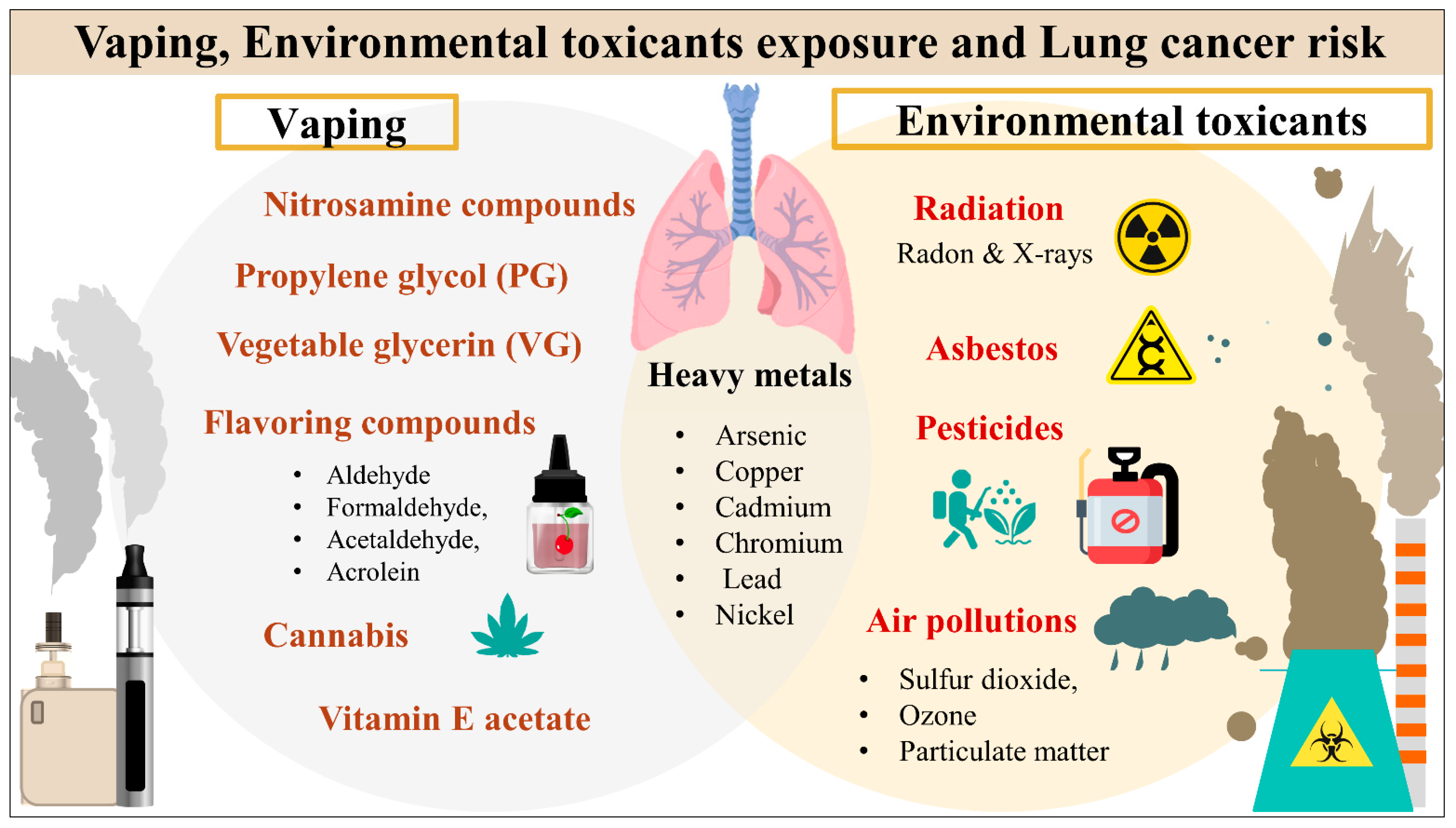Electronic cigarettes expose users to carcinogens through inhaled aerosols, primarily via flavorings, solvents, and metal emissions. While they lack combustion, reducing risks compared to tobacco smoke, certain components elevate cancer concerns.
Key Carcinogenic Components
- Formaldehyde and Acetaldehyde: Produced from heating e-liquids; classified as Group 1 carcinogens linked to DNA damage and respiratory cancers.
- Metal Particles: Emitted from coils and components; nickel, lead, and chromium increase lung and oral cancer risks.
- Nicotine Derivatives: Though not directly carcinogenic, nicotine metabolites may promote tumor growth in animal studies.
Comparative Cancer Risks
Compared to traditional cigarettes, e-cigarettes show lower but not negligible cancer potential, as evidenced in studies like those published in reputable journals. However, long-term data remains limited; habitual use may heighten cumulative exposure to toxins.

Research and Implications
Current evidence, including reviews of inhalation toxicology, indicates potential for cellular mutations. Adolescents and long-term users face elevated hazards; cessation strategies should emphasize evidence-based alternatives.








